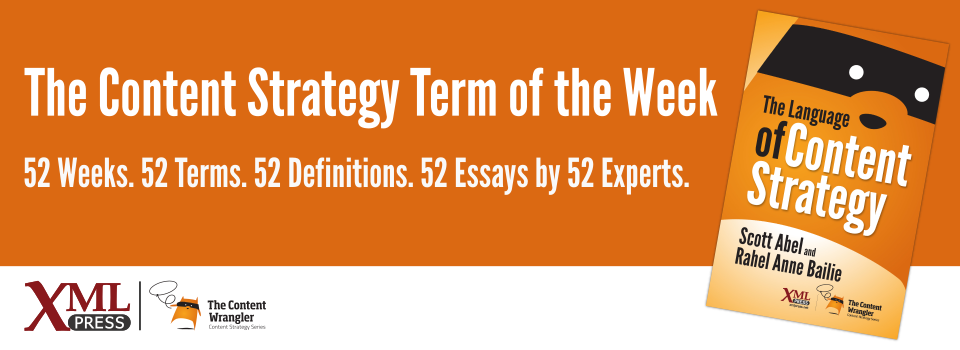What is it?
A tool for assessing content priorities against defined business needs, where prioritized business goals and requirements are mapped against an organization’s content.
Why is it important?
Aligns content to agreed business goals, meaning content decisions are prioritized without politics. Content is transformed into a business asset: measurable, auditable, and with a defined return on investment.
Why does a content strategist need to know this?
A content matrix sets a benchmark for current business priorities, and aligns content to the delivery of those priorities. Not all projects need a requirements matrix. It is usually a large, multiple-tab spreadsheet that requires ownership and ongoing updates as business priorities change. However, when struggling with multiple or conflicted stakeholders who cannot agree what content to produce and when, a matrix is a useful tool. A requirements matrix can also be used for new sites, for major content migrations, or even for orchestrating multi-platform campaigns where content is being produced by more than one team.
A requirements matrix should include a list of business requirements, a description of the requirements, and a scoring system (for example, 1-2-3 or Must Have/Should Have/Nice to Have) that prioritizes content according to the stated business goals. For example, “Will this content help company X capture a greater share of Market Y?”
Prioritizing this way means that metrics become important. Some matrices also include anticipated outcomes and metrics for success so that content can be audited and a return on investment established.
An organization’s ability to deliver on specific requirements can also be included. Some matrices factor in technical complexity, resourcing, frequency of updates, and other factors that could affect the success of the content throughout its lifecycle.
A requirements matrix keeps stakeholders and businesses focused on why they produce content, rather than simply what should be created.

